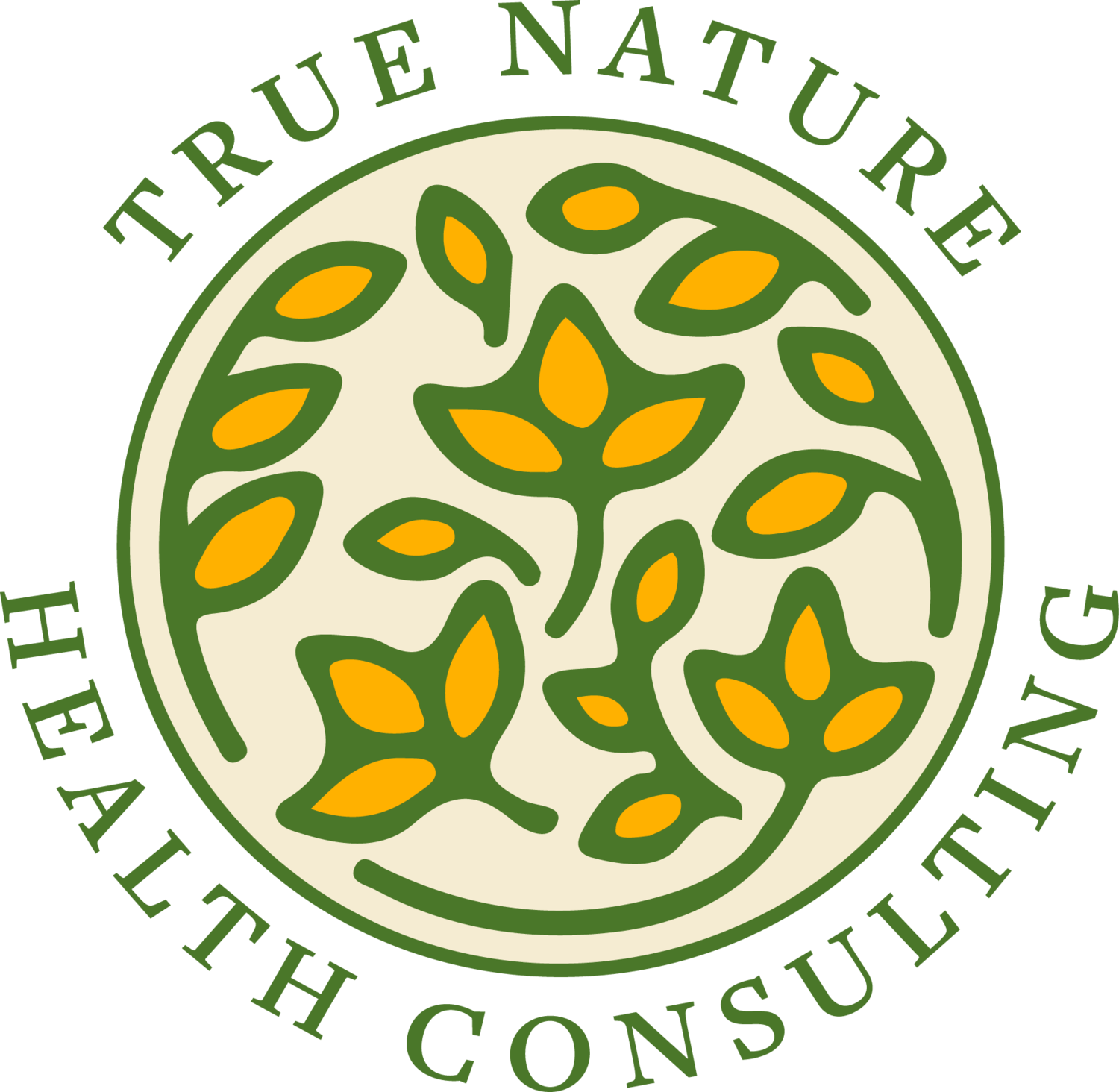The Healing Magic of Frankincense
Hello, I am Julie Donaldson and I am a clinical nutritionist with functional health training. I specialize in restoring balance in complex, chronic and acute health conditions. I welcome you to peruse other articles that may be of interest to you in your health investigation!
“I kid you not...Julie’s depth of knowledge and ability to know what the right applications are for a person are simply unparalleled. She cares, she researches, she clarifies. She has given me the actual truth up against so many myths, I cannot count them all. ”
The magic of frankincense is profound. Sourced from the boswellia tree, frankincense offers us protection and healing with everything from cancer to inflammation, insulin regulation, cognition and brain function, wounds, colitis, arthritis, asthma and much more. Here, we’ll dive into the research and discuss ways to include this magical plant source in your holistic health program.
Boswellia tree
What is frankincense?
Boswellia serrata is a tree that grows in India, the Middle East and North Africa. The resin obtained by peeling away the bark is commonly known as frankincense or olibanum. Boswellia has been used for centuries in the practice of Ayurvedic medicine.
The bioactive compound in boswellia is boswellic acid, a 5-lipoxygenase inhibitor. 5-Lipoxygenase (5-LO) catalyzes two steps in biosynthesis of leukotrienes, a group of lipid-based mediators of inflammation that are derived from arachidonic acid. Leukotrienes are inflammatory mediators which cause increased vascular permeability. Leukotriene antagonists are used in treatment of asthma and, more recently, in atherosclerosis and tumorigenesis.
Boswellic acid also inhibits nuclear transcription factor KappaB (NF-KappaB) signaling, markedly decreasing production of the key pro-inflammatory cytokine tumor necrosis factor (TNF-α). These are very powerful immunomodulatory controls.
What can frankincense do?
Listed here is a comprehensive compilation of research references on frankincense and its healing powers. A list of past and current clinical studies on frankincense/boswellia can also be seen through the NIH here (inclusive of thousands of other studies in combination with other plant extracts for specific purposes). Clinical research is done with both plant extracts of boswellia as well as the potent essential oils of the plant (and more on the distinctions between them follows later in the article).
The list of researched effects includes all of the following:
anti-tumor (especially breast, pancreas, skin and prostate)
anti-candida, anti-biofilm and anti-microbial
Alzheimer’s disease support
liver support
mucosal barrier preservation
dysmenorrhea support
HSV-1 support
T cell modulation and mast cell deactivation
anti-histamine and allergic
insulin regulation
cognitive improvement
neuronal and brain support
arthritis support
colitis/IBD support
asthma support
musculoskeletal support
skin and wound healing
The main mechanisms of action occurring in this magical substance occur through the activation of terpenes (mono, tri and sesquiterpenes). Terpenes are unsaturated hydrocarbon compounds (of which there are over 30,000 in existence). They are major biosynthetic building blocks (similar but different in nature from amino acids). They are produced by plants, mainly conifers. In ecology, terpenes and terpinoids are important mediators between plants, pathogens and predators. In the body, they are the same, able to affect complex interactions between systems. Boswellic acid is a triterpene. (Terpenes are also primary contributors to the power of CBD for healing in the body.)
You may note that the above list of therapeutic actions involves numerous ways in which the innate and adaptive immune systems and nervous system interact in the neuroimmune loop. This loop also involves histamine, mast cells and the Vagus nerve. Due to these intersections, most conditions inciting these responses in the body are likely to be supported and improved by the use of frankincense.
In the case of Alzheimer’s and dementia, frankincense plays the role of an acetylcholinesterase inhibitor. There are underlying cholinergic system deficits in AD and dementia with associated cognitive and behavioral symptoms. Acetylcholinesterase inhibitors have been proven to be beneficial in improving this system.
Is frankincense effective as an essential oil extract?
Research proves the efficacy of essential oil extracts in nearly all of the above-listed conditions and health challenges. In fact, things become even more interesting as we consider a very specific piece of this research that involves a specific terpene called α-pinene. α-pinene is a highly specialized monoterperine and it is found only in the oils of certain types of boswellia trees. Its significance lies in its potency and proven cellular chemotaxonomy. These effects include antibiotic resistance modulation, anticoagulant, antitumor, antimicrobial, antimalarial, antioxidant, anti-inflammatory, anti-Leishmania (a protozoan parasite), and analgesic. The most prominent effects of α-pinene are cytogenetic, gastroprotective, anxiolytic (anti-anxiety), cytoprotective, anticonvulsant, and neuroprotective. Also documented are their effects against oxidative stress, pancreatitis, stress-stimulated hyperthermia, and pulpal (dental) pain.
This means that in many cases, depending upon the therapeutic goal, the use of essential oil extracted from these particular varieties, or subspecies, is much more effective than the plant extracts utilized in most commercial preparations of frankincense from boswellia. Those varieties are the B. serrata (from trees in India), B. sacra (from trees in Oman), and B. carteri (from trees in Somalia). The varieties producing high amounts of α-pinene are Hojari, Najdi, Shathari and Shaabi, which grow in southern Oman. Of these, the finest frankincense in the world is royal Hojari, harvested from the tops of the youngest trees in the deserts and mountains of this region. The location, climate and time of harvest are all critical environmental elements determining what the subspecies produce in their resin.
Let’s cover information on physical delivery routes for the oils.
What is the truth about essential oils and their ability to penetrate the body through the skin?
Essential oils are able to pass through the layers of the skin due to their low molecular weight. Transdermal delivery relies on the ability of a healing remedy to pass through the skin into the systemic circulation. Very few remedies meet the criteria required to be able to bypass the skin, as the outermost layer of your skin – known as Stratum corneum (SC) – limits the permeation of molecules into the skin to protect the underlying tissue from factors such as infection, dehydration, chemicals, and mechanical stress.
Only remedies that have both a low molecular weight (less than 600 g/mol) and the ability to pass through the epidermis of the skin are able to pass through the skin, be absorbed by the blood vessels, and enter circulation. Essential oils are one of the few remedies that meet both criteria.
Skin absorption is maximized within 15 minutes of application. Once absorbed through the skin, an essential oil enters the body’s circulating blood and lymph. Not only is this a faster and more effective route of delivery, it also prevents the “first-pass metabolism” through the stomach and liver that can both reduce benefits and alter a chemical structure intended for therapeutic purposes.
The advent of transdermal drug delivery has been supported by these facts, and it is known that essential oils may be combined with numerous other substances to increase their therapeutic actions.
What about inhalation?
Perhaps the most effective delivery method for pure essential oils is via inhalation.
When inhaled through the nose, essential oils efficiently pass into the bloodstream via vessels in the nasal cavity. They also pass through the blood brain barrier in the area surrounding the olfactory nerve. The blood-brain barrier is 8 cells in thickness. The thickness of the layer around the olfactory nerve is only 4 to 5 cells deep. Hence, it is very easy for the oils to pass straight through to the brain when breathed in through the nose. Essential oils have both high respiratory and fat tissue intake.
The fat solubility of essential oils makes them highly effective tools in the healing the brain. The nervous system and its cells are lipid-based environments. In fact, the brain and nervous system are about 60% fat. This makes fat soluble substances like essential oils highly effective tools for delivering therapeutic substances into the brain and nervous system.
Essential oils also send energetic signals to the brain. When we inhale essential oils through the nose, their odor molecules trigger receptor sites in the human mucous membranes, which then relay the odor information on to the olfactory bulb at the base of the brain. These fragrance messages are interpreted and transmitted to the limbic system of the brain, known as the “emotional brain” because it processes emotional and psychological responses.
An important part of this loop with the limbic system is that essential oils can either stimulate or sedate the brain in order to promote or inhibit the production and release of various neurotransmitters. The job of neurotransmitters in the body is to regulate nervous system an hormonal activities.
〰️In ancient Egypt, frankincense has long been thought to have strong vibrations that drive away negative energies when burned, and is therefore very commonly used in spiritual rituals and meditation for increasing “protection”.
〰️In ancient Egypt, frankincense has long been thought to have strong vibrations that drive away negative energies when burned, and is therefore very commonly used in spiritual rituals and meditation for increasing “protection”.
Boswellia resin
Summations and solutions
Frankincense is truly magical. While nothing is a “cure-all”, frankincense is a compound that should be considered in many therapeutic protocols. Its ability to act profoundly, quickly, and synergistically with other substances is unique.
For those with odor and scent sensitivities, oral supplementation of frankincense may be needed and/or may be added if only limited scent exposure is possible.
For those who are not averse to the concentrated scent of the oil, inhalation is the preferred method. Secondary to inhalation in efficacy is dermal application. Fractionated coconut oil is the best carrier oil to utilize with a pure essential oil as it has the lowest molecular weight.
Third, diffusing the oil is helpful but not nearly as potent nor effective as direct inhalation. Use of plastic-made diffusers that are heat-based is not advised. Ultrasonic diffusion is recommended. Always, use of pure Hojari oil is advised.
For all therapeutic questions and pertinence to the individual’s status, professional guidance is suggested. Please write to me at Julie@truenaturehealthconsulting.com for more information. We provide holistic telehealth services.
Julie Donaldson





